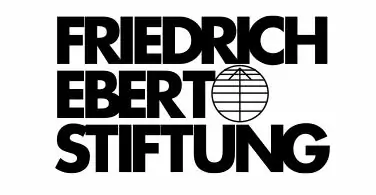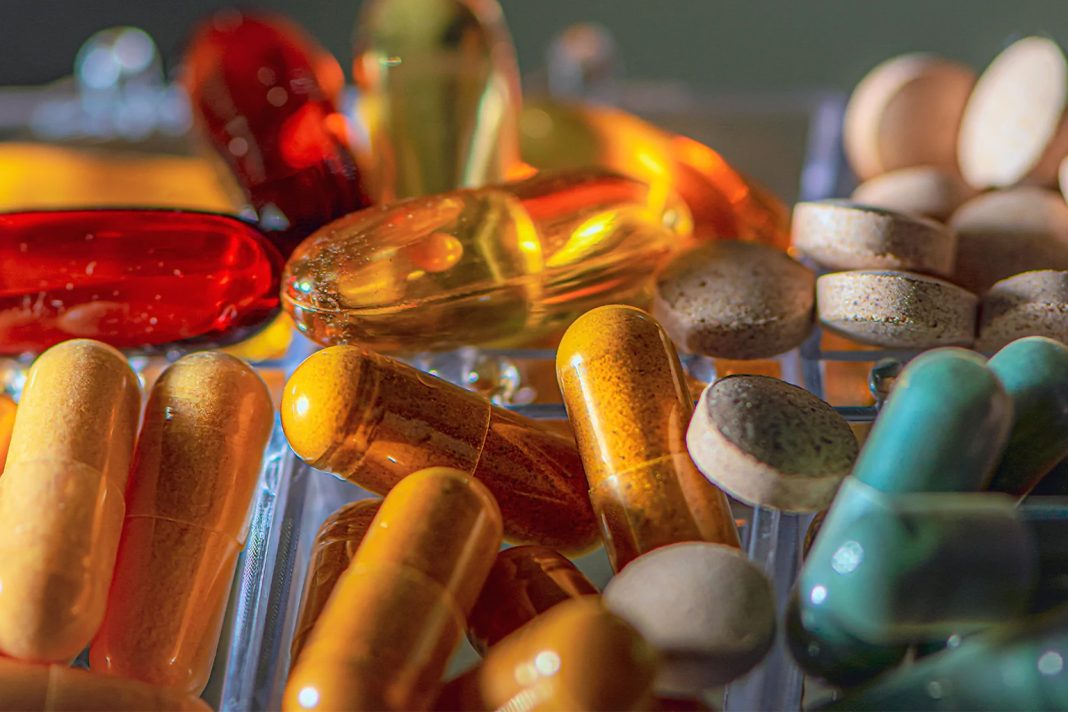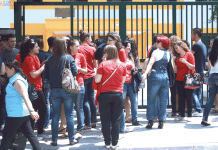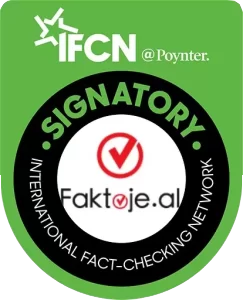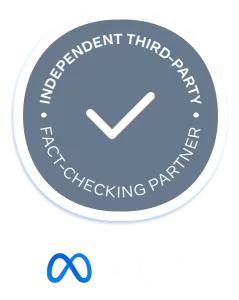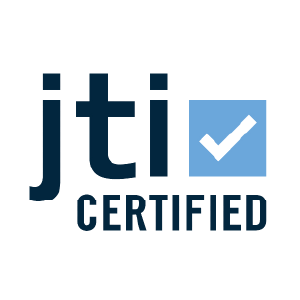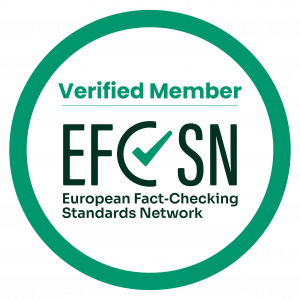BY SEBI ALLA
‘Do I get these medicines for free?’ asks a 61-year-old patient, her family doctor, as she prepares to face the chronic illness of hypertension (high blood pressure). The doctor confirms that the medicines are free but openly questions their effectiveness. ‘You get them free but ask the boys if they can afford to buy better quality ones at the pharmacy’, he says, making a quick calculation, ‘it’ll cost around 28-30 thousand old LEK per month’. Without arguing much, since it seems like a lot, the 61-year-old woman says she will take them once for free and then see how it goes. This patient-doctor exchange took place at a health center on the outskirts of Tirana. It is a common scenario in health centers nationwide, but despite the expansion of the reimbursable medicines list, their quality remains seriously in question. ‘Patients face restrictions with the reimbursable medicines list and are usually given the cheapest alternatives, which means for some, the quality, and thus effectiveness, is doubtful’, says Dr. Ilir Allkja in an interview with Faktoje.al.
Statement on free healthcare and guarantees
Ensuring quality and innovative medicines was among the promises of the Minister of Health, Albana Koçi, at the end of 2024 during the conference ‘Reconceptualizing Healthcare: A Vision for a Healthier Albania’.
‘Today we talk about how to further develop, how to strengthen even more the partnership among us, how to build an open, active platform for mutual cooperation aimed at providing citizens with quality medicines and innovative treatments for diseases’, said the minister.
However, the quality of medicines, especially the reimbursable ones, remains a matter of ongoing debate in Albania.
Full medication, low effectiveness
A citizen shares how often he chooses to buy medicines abroad. ‘The difference in both price and quality is very noticeable. The cost is almost the same, but the quality and effectiveness of medicines purchased in EU countries is significant, and you don’t joke with health’ – concludes citizen A.K. for Faktoje.
‘We have a list of reimbursable medicines; primarily pensioners and patients undergoing chemotherapy are the main groups receiving treatment, but the effectiveness of these medicines is not the same as for other non-reimbursed medications’, says a pharmacist who spoke anonymously to Faktoje.al.
The choice some have made is to buy medicines from pharmacies, increasing their expenses, especially for pensioners with limited financial means.
- ‘I spend 63,000 LEK per month, but I feel better. I buy the medicines myself; the reimbursed ones didn’t work well for me’, she says, adding that ‘I receive a pension of 120,000 old LEK, but my son buys the medicines for me’.
- Xhemile Sula
The 67-year-old pensioner Xhemile Sula told Faktoje.al that for about a year she decided to purchase her medicines at the pharmacy, even though for some of her conditions (high blood pressure and diabetes), she used to get part of the medicines reimbursed.
‘I spend 63,000 LEK per month, but I feel better. I buy the medicines myself; the reimbursed ones didn’t work well for me’, she says, adding that ‘I receive a pension of 120,000 old LEK, but my son buys the medicines for me’.
Reimbursement with alternative medicines
Out of 1,366 types of medicines that receive full or partial reimbursement, 47,2% are alternative medicines. This means that approximately 53% of medicines are reimbursed according to the doctor’s prescription, while the rest, due to high prices and shortages, are supplemented with alternative medicines for patients.
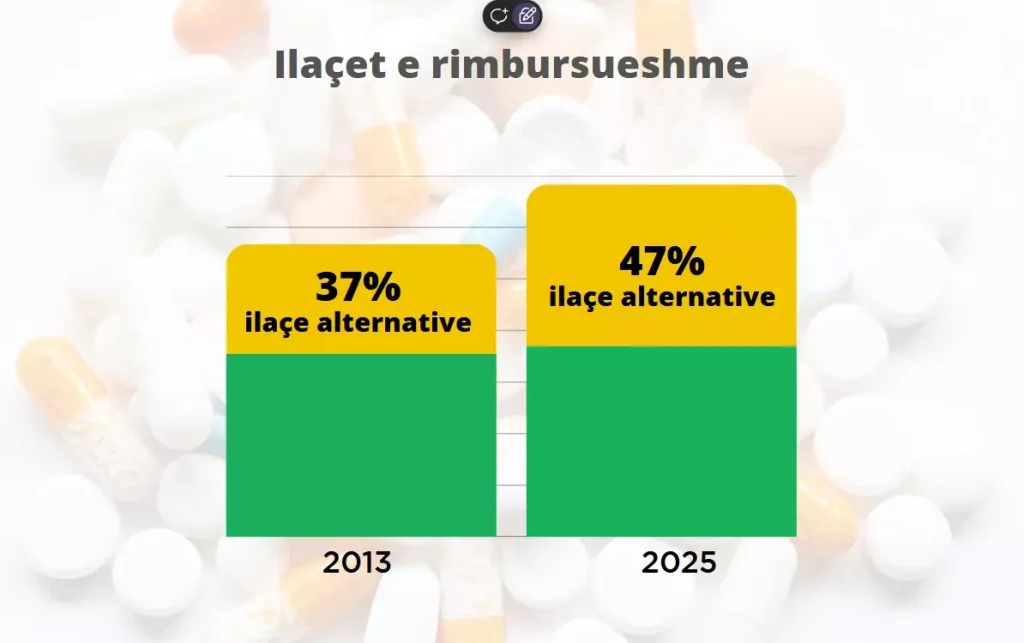
Compared to 2013, there has been an increase in both the number of reimbursable medicines and the range of patient categories covered. ‘Compared to the 2013 Reimbursable Medicines List (LBR) and the current list in force, the totals have increased: about 20.4% are reimbursed commercial alternatives (1,366 versus 1,135), approximately 56.9% are active ingredients (375 versus 239), and around 47.2% are first alternatives (627 versus 426)’, states the official position of FSDKSH for Faktoje.al. In simpler terms, this means that out of the current total of 1,366 reimbursable medicines, 627 are alternative medicines. According to health experts, this indicates that for a specific illness, a medicine with the corresponding dose is recommended, but if it is unavailable, alternative medicines containing the main active ingredient are reimbursed, though often not in the required quality or dosage, which significantly reduces their effectiveness.
Exit of the reputable pharmaceutical companies
Until the end of 2014, several reputable pharmaceutical companies, mostly from EU countries, had established subsidiaries or distributors in Albania. After 2014, all of them left, especially following legislative changes regarding the use of medicines. The introduction of medicines to the market that do not necessarily have to be marketed in EU countries (which implies higher quality and price), along with the dominance of domestic pharmaceutical companies, caused their subsidiaries to close as they could not find space in the pharmaceutical market.
‘There are some types of reimbursable medicines, partially or fully, that are of good quality, mainly for cancer treatments and more recently for diabetes’, – says a family doctor who wished to remain anonymous. Health specialists consider the reimbursable medicines used for hypertension, some chronic diseases common among older people, and medicines used for patients diagnosed with mental health problems (including those receiving chemotherapy) to be problematic in terms of quality.
Cost of reimbursable medicines
The annual fund allocated for reimbursable medicines represents a significant share of healthcare expenses. ‘The total reimbursement expenditure for medicines during 2024 was approximately 11.8 billion Lek. According to Law 115/2024 ‘On the 2025 Budget,’ the fund allocated for reimbursing medicines on the Reimbursable Medicines List for 2025 is 12.6 billion Lek’, states FSDKSH.
Who benefits and how much
Data from FSDKSH, provided to Faktoje.al, emphasize that the categories with the largest share of reimbursements in 2024 are: ‘Pensioners without time limit’, ‘People with chronic illnesses’, and ‘Fully Disabled’, whose reimbursement budgets account for approximately 48.1%, 32.6%, and 16% of the total annual reimbursement across all categories, respectively. ‘Based on data from the Directorate of Information and Statistical Analysis for 2024, the total number of patients who benefited from the reimbursement scheme was 442,586, of whom 385,075 received reimbursed medicines and 57,511 received reimbursed medical devices (such as diabetes kits)’, FSDKSH told Faktoje.al.
Half-kept promise
Compared to 2013, the list of fully or partially reimbursable medicines has increased. From 1,135 types of medicines in 2013, the list grew to 1,366 for 2025. However, as acknowledged by doctors and pharmacists, the quality of medicines has declined because it is no longer required for these medicines to be marketed in at least two EU countries. Therefore, the promise to provide citizens with quality medicines is considered only half fulfilled.
The promise of free healthcare is also regarded as half fulfilled. A World Health Organization report highlights that about 60% of healthcare costs in Albania are paid out of pocket by citizens, while only 40% are covered by the state. A significant portion of healthcare expenses is related to medicine purchases, even by patients entitled to full or partial reimbursement, who, due to the low quality of reimbursed medicines, are forced to buy them directly from pharmacies.
Diagnoses with the highest number of patients:
-Arterial Hypertension
-Diabetes Mellitus
-Lipid Metabolism Disorders
-Heart Failure
-Angina Pectoris
-Bronchial Asthma, COPD
Major reimbursement expenses:
-Diabetes Mellitus
-Essential Hypertension
-Malignant Breast Tumor in Women
-Heart Failure
-Cardiac Rhythm Disorders
-Angina Pectoris (cardiovascular disease)
-Malignant Melanoma
-Bronchial Asthma
-Chronic Obstruction
-Diseases of Hematopoietic Organs – Myeloid Leukemia
This article was prepared with the support of the Friedrich Ebert Foundation in Tirana
